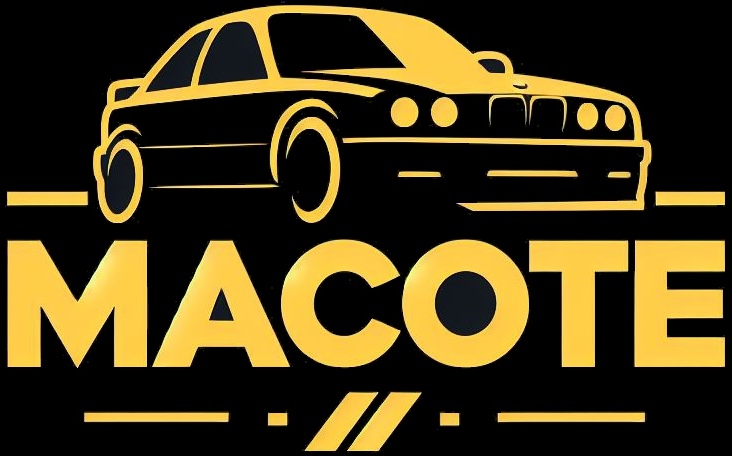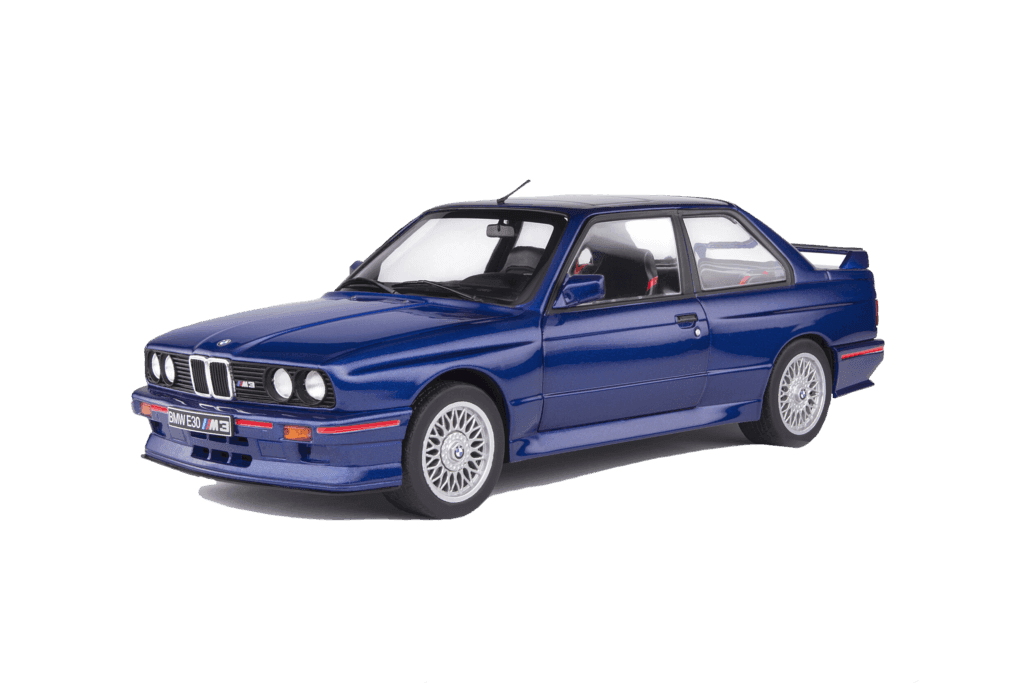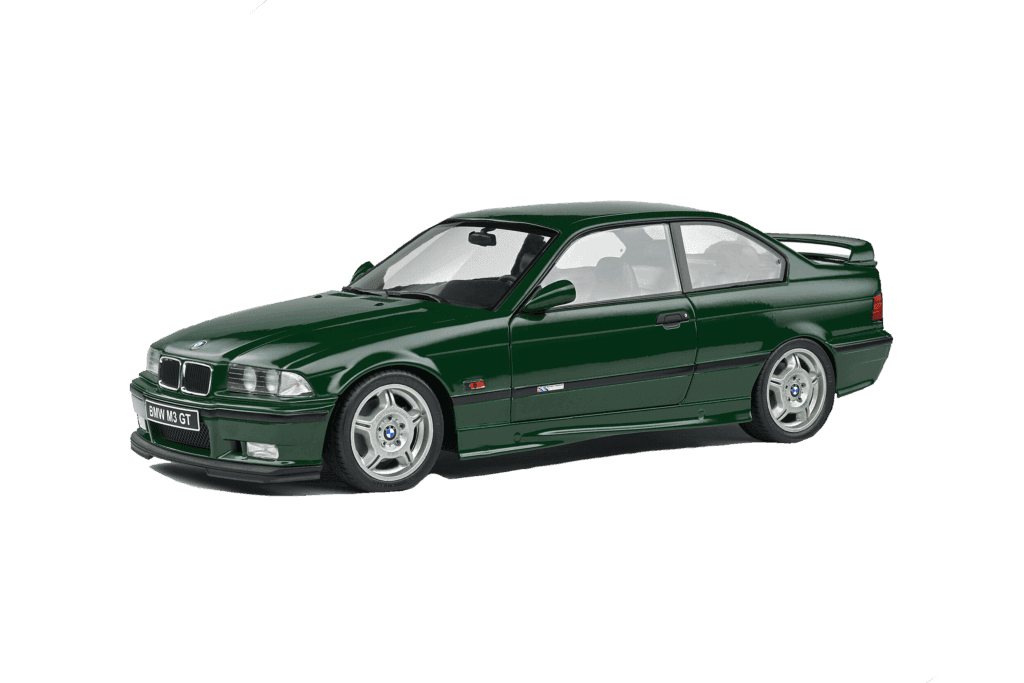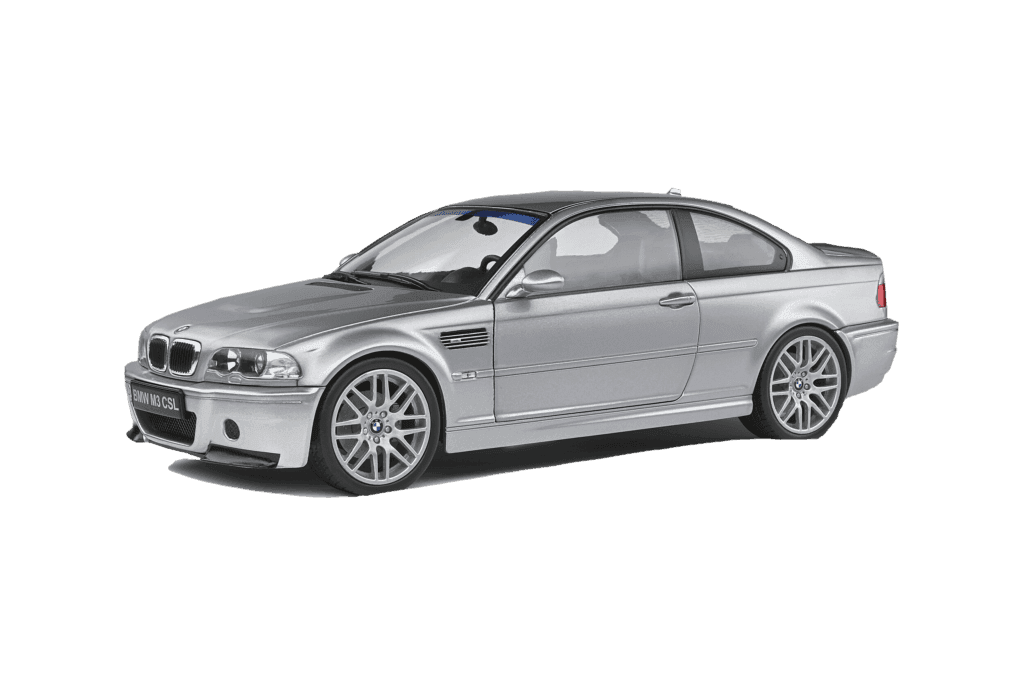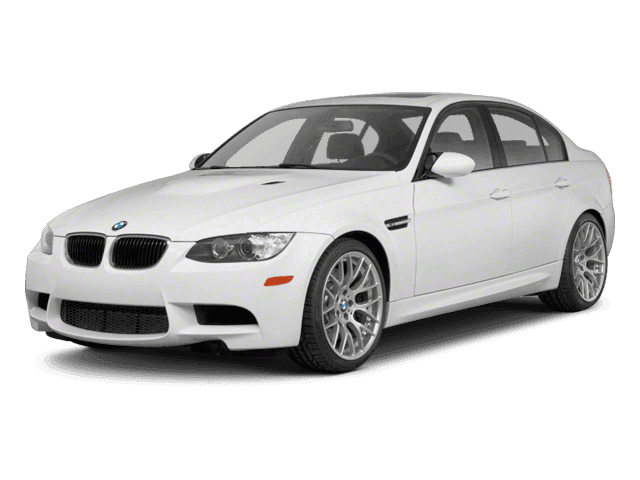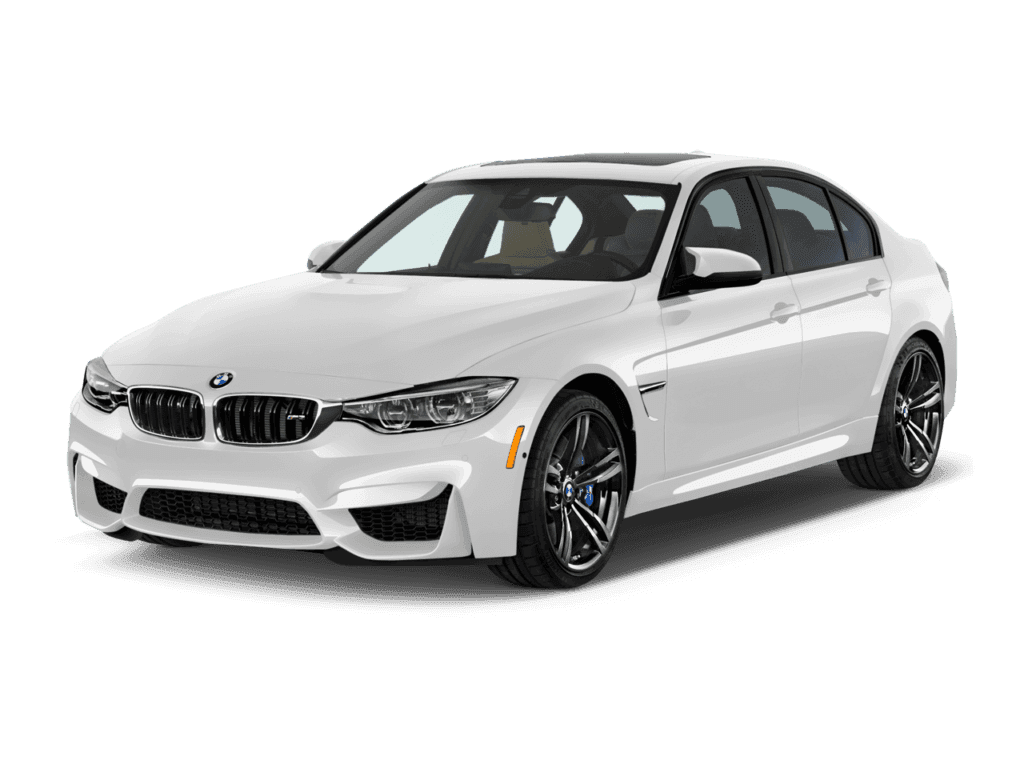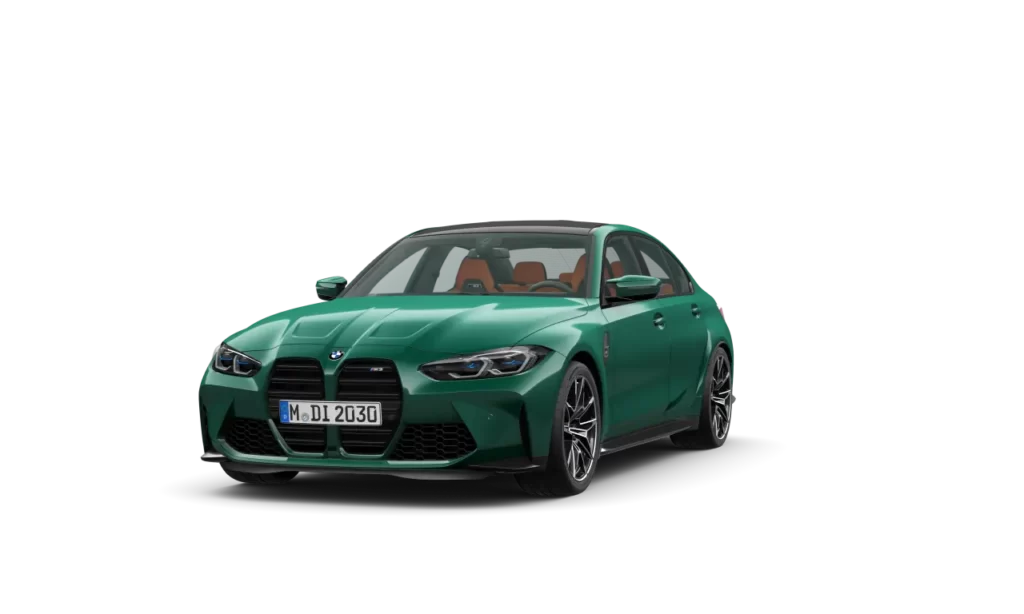Our accessories
Click on your model :
The Exceptional Evolution of the BMW M3: An Odyssey Through the Generations
Since its dramatic entry onto the automotive scene in the 1980s, the BMW M3 has captivated enthusiasts with its unique combination of sporty performance and sophistication. This ever-evolving icon has made its way through several generations, each iteration pushing the boundaries of engineering and design.
Generation E30 (1986-1991): The Foundations of Excellence
The M3 saga began with the BMW M3 E30, a compact sports car that set performance standards. Powered by a four-cylinder engine, it dominated racetracks and roads with exceptional agility.
Generation E36 (1992-1999): Elegance and power
The M3 E36 has raised the bar in terms of elegance and power. Powered by a six-cylinder engine, it won the hearts of discerning drivers while offering a dynamic driving experience.
Generation E46 (2000-2006): Perfect Balance
The BMW M3 E46 is often hailed as the aesthetic pinnacle of the line. With its legendary S54 engine, it strikes the perfect balance between dazzling performance and timeless design.
Generation E90/E92/E93 (2007-2013): The Roar of the V8
The M3 E90/E92/E93 revolutionized performance by adopting a V8 engine, the S65. With its aggressive design, it continued to redefine expectations of sporting performance.
F80 generation (2014-2018): Switching to Turbo
The F80 M3 marked a turning point by introducing turbocharging with the S55 engine. This transition showed that technological innovation could coexist with the sporting soul of the M3.
Generation G80 (2021 - Present): New frontiers
The G80, the latest iteration of the M3, pushes the limits with the S58 engine, offering optional all-wheel drive and a Touring version. It embodies the modern vision of the M3 while remaining true to its heritage.
Conclusion
From track to road, every generation of the BMW M3 has been an adventure. BMW's commitment to excellence is reflected in the ongoing evolution of the M3, demonstrating its ability to remain at the forefront of innovation while preserving the inimitable spirit of the M3. This odyssey through the generations represents much more than a series of sports cars; it's an exciting story that has shaped the modern automotive landscape.
First-generation M3

BMW M3 E30: A Legend on the Road and on the Track
When BMW unveiled the first generation M3, based on the 3 Series E30, few could have anticipated the profound impact it would have on the automotive world. Born to meet the homologation requirements of the Deutsche Tourenwagen Meisterschaft and the rules of Group A Touring, the BMW M3 E30 marked the beginning of an iconic lineage.
Debut and Production
Presented to the public at the 1985 Frankfurt Motor Show, production of the M3 E30 began in March 1986 and continued until June 1991. Initially designed as a coupé, the M3 E30 also saw limited production of cabriolet models. To meet aerodynamic requirements, significant modifications were made, including a front spoiler, rear apron, rocker panels and body adjustments around the rear window and trunk lid.
Engine and Transmission
Under the hood, the M3 E30 housed BMW's S14 in-line four-cylinder engine, offering impressive performance with a maximum rpm of 7,250. Versions with and without catalytic converter were available, offering 195 hp and 200 hp respectively. The Getrag 265 5-speed manual transmission and limited-slip differential were standard features.
Suspension and Evolutions
The M3 E30's suspension featured 5-hole wheel hubs, Pirelli P700-Z tires in size 225/45R16, aluminum front suspension arms, and 310 mm front brake discs. Special editions were added to the range, including the Sport Evolution (EVO1) and the Ultimate Sport Evolution (Sport Evolution or EVO3), with production limited to 600 units.
In the World of Motorsport
The M3 E30 established itself as a dominant force in competition, winning the legendary Nürburgring 24-hour race five times and the Spa 24-hour race four times. Its performance in rallying, with examples prepared by Prodrive, was also notable, winning the Tour de Corse in 1987.
Heritage and Limited Production
Total production of the M3 E30 amounted to 17,970 units, reinforcing its reputation as the iconic sports car of the 1980s. Special editions, such as the Ravaglia and Cecotto models, added a touch of rarity to this automotive legend.
The BMW M3 E30 remains an indelible testament to German engineering and passion for sporty driving. Its legacy lives on in the hearts of enthusiasts, recalling a time when sports cars were pure, uncompromising, and made the heart of every motoring enthusiast beat faster.
Second-generation M3
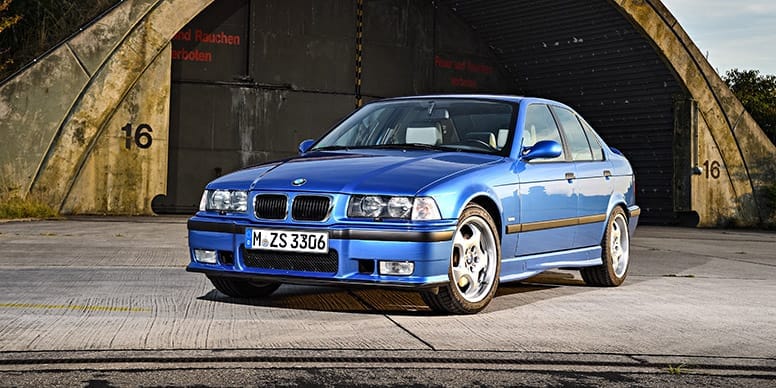
The BMW M3 E36, launched in November 1992, marked the second generation of the famous M3 series. This iconic iteration, initially offered as a coupé, was enhanced by a cabriolet variant in 1994, followed by a sedan version in December 1994. The M3 E36 was acclaimed for its impressive performance and sleek design.
Restyling and Evolutions
In September 1995, a restyled version of the coupe was introduced, bringing significant improvements such as an increase in displacement to 3.2 liters and the addition of a sixth gear to the manual transmission. Aesthetic adjustments included new wheels and transparent gauges. These modifications were extended to the sedan in November 1995 and to the cabriolet in February 1996.
Innovative Transmission
The restyling also marked the introduction of the 6-speed "SMG" automated manual transmission, a first for an M3 outside the USA. Acclaimed for its rapid gear changes and performance in sporty driving situations, it nonetheless drew criticism for its everyday behavior.
Powerful engine
The heart of the M3 E36 was the BMW S50 in-line six-cylinder engine. The initial 2,990 cm³ version delivered 210 kW (286 hp) and 320 N⋅m (236 lb⋅ft). North American models adopted the less powerful BMW S50B30US engine. Restyled models in late 1995 were equipped with a 3,201 cm³ version, generating 236 kW (316 hp) and 350 N⋅m (258 lb⋅ft).
Special Editions
The M3 E36 saw the creation of various special editions, including the M3 GT, the M3 Evolution Imola Individual and the M3 Lightweight in the USA. The latter, designed for racing, featured unique characteristics such as significant weight reduction and suspension enhancements.
Sports heritage
The M3 E36 was a major player in motor racing, winning championships such as the German ADAC GT Cup and the IMSA GT Championship in the USA. Production began in September 1992 and ended in August 1999, leaving an indelible legacy in sports car history.
This is how the BMW M3 E36, with its combination of captivating performance and refined design, continued to forge the outstanding reputation of the M3 series.
Third-generation M3

BMW M3 E46: The Essence of Power and Elegance
The BMW M3 E46, a jewel of German engineering, embodies the perfect fusion of dynamic performance and timeless elegance. Produced between September 2000 and August 2006, this automotive icon continues to captivate enthusiasts.
Body styles :
Available in coupé and cabriolet versions, the M3 E46 offers flowing lines and a sleek silhouette. The coupé, with an acceleration time of 0 to 100 km/h in 5.2 seconds, is a statement of power.
Powertrain :
At the heart of the M3 E46 beats the S54 engine, a 3.2 L in-line six-cylinder delivering 252 kW (343 hp) at 7,900 rpm and 365 N⋅m (269 lb-ft) of torque at 4,900 rpm.
Innovative transmission :
Available with a Getrag 420G 6-speed manual transmission or an SMG-II automated transmission, the M3 E46 offers a personalized driving experience. The SMG-II, acclaimed for its rapid gear changes, offers precise control.
Special Editions :
1. **M3 CSL (Leichtbau Sport Cup):**
- Limited to 1,383 units, the CSL is lightweight.
- Weight reduced by 110 kg (243 lb), improved aerodynamics and track-oriented interior.
2. **Competition / CS package:**
- Introduced in 2005, merging elements of CSL.
- 19" BBS wheels, optimized suspension and M-track mode for stability control.
3. **GTR Strassenversion (Road Car) :**
- Prototype approved with only 10 units produced.
- 4.0 L V8 engine, significant weight reduction with carbon fiber components.
The Legacy in Competition :
The M3 E46 left its mark on motorsport, triumphing in the GT class of the American Le Mans Series in 2001. Despite the regulatory challenges, it shone at the 24 Hours of Nürburgring in 2004 and 2005.
Production and Heritage :
Assembled at BMW's Regensburg plant, a total of 85,766 M3 E46s were produced, marking an era of automotive excellence. The M3 E46 remains a legend, a symbol of performance and sophistication.
Fourth-generation M3

Powerful V8
Powertrain and performance
The BMW M3 of the E90/E92/E93 series was powered by the BMW S65 V8 engine, developing 309 kW (420 PS; 414 hp) at 8,400 rpm and 400 N⋅m (295 lb⋅ft) at 3,900 rpm. Available in sedan, cabriolet and coupé versions, it offered impressive performance, accelerating from 0 to 100 km/h in 4.6 seconds (with DCT transmission).
Transmission and Evolution
Initially offered with a 6-speed manual transmission, the M3 E90/E92/E93 became the first BMW to offer a dual-clutch transmission with the introduction of the 7-speed DCT transmission in April 2008. This evolution was hailed for its enhanced performance.
Production and Bodywork
Total production of the M3 E9x was 40,092 coupes, 16,219 convertibles and 9,674 sedans. The coupé version, introduced in 2007, was praised for its weight-saving carbon-fiber roof. In 2010, coupe and cabriolet versions received a minor facelift with revised LED taillights.
Special Editions
**Competition Pack (ZCP):** Released in 2010, this pack brought improvements to the suspension, electronic stability control and cosmetic adjustments.
**M3 GTS:** Launched in 2009, the GTS was a performance-oriented version with a more powerful engine (331 kW/444 hp), reduced weight and adjustable aerodynamics.
**M3 CRT:** Produced in 2011, the CRT was a special edition with an engine similar to the GTS but offering more luxury. Only 67 units were produced.
**DTM Champion Edition:** In 2012, this edition commemorates the M3's victory in the DTM championship with distinctive visual features.
**Lime Rock Park Edition (USA):** In 2013, a special "Fire Orange" edition was produced, with performance enhancements and specific aesthetic elements.
**Frozen Edition:** Introduced in 2009 in South Africa, this edition featured a special matte exterior paint finish.
**Frozen Silver Edition:** In 2012, this limited edition of 40 units in the USA and 100 in Europe celebrated the 40th anniversary of BMW's M division.
Impacts during the Race
The M3 E92 marked BMW's return to the German DTM championship in 2012, winning the championship in its first season. The M3 also enjoyed success in endurance racing, winning the 24 Hours of Nürburgring in 2010. The GT4 version took part in various races, winning its class at the ADAC Westfalenfahrt in 2009.
In brief
The M3 E90/E92/E93, with its powerful V8, special editions and racing successes, marked a memorable milestone in the history of the M3.
Fifth-generation M3

Evolution Turbo
The BMW M3 F80, produced from 2014 to 2018, marked a major turning point for the M3 range by adopting a turbocharged engine. This iconic iteration featured significant changes from its predecessors, with a twin-turbocharged S55 inline six-cylinder engine, ushering in a new era of performance for the M3 series.
Impressive performance
Powered by the S55 engine, the M3 F80 delivered a maximum output of 317 kW (431 hp) and an impressive torque of 550 Nm. These improvements, resulting from the switch to turbochargers, enabled enhanced performance, with acceleration from 0 to 97 km/h in just 3.9 seconds (with M-DCT transmission) and a top speed electronically limited to 250 km/h, extendable to 280 km/h with the M Driver package.
Lightweight design
The sedan version of the M3 F80 marked a transition to lightness by using high-end materials such as a carbon-fiber roof and aluminum elements for the hood and side panels. Aesthetic updates in 2015 and 2017 brought subtle improvements, including the introduction of LED taillights and redesigned front headlights.
Special Editions
BMW offered several special editions, each bringing its own unique touch to the M3 F80. The M3 Pure in Australia offered a streamlined configuration with elements of the Competition Package. The M3 CS, meanwhile, stood out with an improved engine and significant weight reduction, while the M3 30-Jahre Edition celebrated 30 years of the M3 with a limited production run of 500 units worldwide.
The rare M3 Velocity Edition, intended for military members in Germany, offered further exclusivity with only 20 units produced. Each was painted in "Fashion Grey Metallic" and equipped with the Competition Package.
Conclusion
Production of the M3 F80 ended in October 2018 due to WLTP emissions regulations.
Sixth-generation M3

Unveiling the Beast
The BMW M3 G80 represents the latest iteration of the acclaimed M3 series, bringing a combination of cutting-edge technology, performance and design. Unveiled alongside the M4 G82 on September 23, 2020, and available for purchase as a 2021 model, the M3 G80 continues the legacy of its predecessors.
Models and variants
The standard M3 is powered by BMW's S58 turbocharged in-line six-cylinder engine, which made its debut in the G01 X3 M. Offering rear-wheel drive and the option of a manual gearbox, the standard M3 stays true to the classic M3 driving experience. A Touring version is also available, considerably expanding the M3 range.
M3 Competition
For enthusiasts looking for extra power, the M3 Competition enters the scene. Unveiled in 2020 alongside the standard M3, it ups the ante with 375 kW (510 hp) and 650 N⋅m of torque. The M3 Competition is exclusively equipped with a sporty 8-speed automatic transmission, guaranteeing a thrilling and dynamic driving experience.
M3 CS
In 2023, BMW introduced the limited-edition M3 CS model at the 24 Hours of Daytona. The model boasts an increase in power to 404.5 kW (550 hp) and a weight reduction of 15 kilograms compared with the M3 Competition xDrive. It is offered only with all-wheel drive and an 8-speed automatic.
Updates
In July 2022, for the 2023 model year, the M3 sedan received the new curved dual screen with iDrive 8, aligning with the standard 3 Series after its facelift. It replaces the previous separate digital cockpit and multimedia system with iDrive 7. The M3 Touring was launched directly with the new
Technical specifications
- Engine : BMW S58, in-line six-cylinder, turbocharged.
- Power (M3 Standard) : A total of 375 kW (510 hp).
- Power (M3 CS) : 404.5 kW (550 hp).
- Torque (M3 Standard) : 650 N⋅m.
- Transmission : Manual (optional for standard M3), 8-speed automatic (M3 Competition and M3 CS).
- Integral transmission : Available as an option for the standard M3.
M Performance Parts
Enthusiasts can further personalize their M3 with M Performance Parts, including a spoiler, carbon-fiber side skirts, M Performance exhaust system, canards, carbon-fiber splitter, carbon-fiber diffuser and carbon-fiber rear rocker panels.
